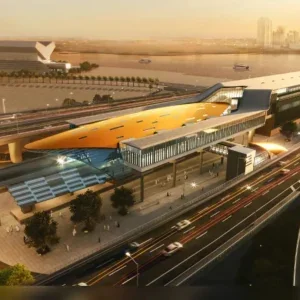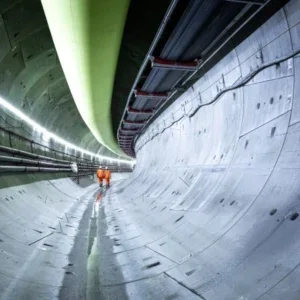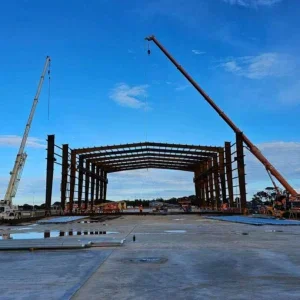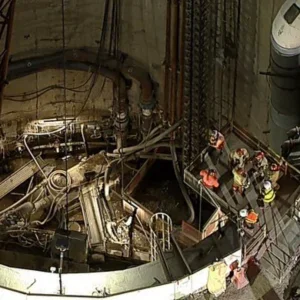The Gautrain Rapid Rail Link (GRRL), between Johannesburg and Pretoria in South Africa, is on target to begin construction in February 2004.
The 80km long network that will connect the cities of Johannesburg and Tswane with Johannesburg international airport (JIA) will consist of some 17.5km of twin-bore tunnels, up to 90m deep. The project is halfway through the tender process, with two groups currently battling for the US$667M contract.
The first group, the Bombela Consortium, consists of Bombardier Transportation, Bouygues Travaux Publics, Basil Read, Concor Holdings, Murray and Robberts Ltd, and RATP International (operator of the Paris metro in France). The second group is the Gauliwe Consortium, comprising Alstom, Dragados Concesiones, Grinaker LTA and Siemens.
Project leader, Jack van der Merwe, said earlier this year that US$67M had been put aside for expropriation purposes, which has created some opposition. But van der Merwe told T&TI that protocol had been followed and he doesn’t foresee any problems.
With the environmental impact assessment (EIA), and preliminary design of tunnels almost complete, the preferred bidder should be announced in July 2003.
The final route of the link is not decided, but four twin-bore tunnels will be constructed, and the necessary geological investigations have already taken place. Two tunnels will pass under the highly urbanised topo-graphical ridges between Johannesburg’s central business district and Marlboro, one will provide access to the airport buildings at JIA, while the other will pass under a hill outside Pretoria station.
Each single bore tunnel will have a diameter of 6m, while a span of 15m was considered for zones where two tunnels intersect – based upon two single bores separated by a 3m wide rock pillar. In addition there will be 19 ventilation shafts.
The geological investigation recommended drill and blast construction because it had the added advantage of utilising the local expertise, creating job opportunities in the local market. It argued that the use of TBMs may be hampered by the varying ground conditions.
However, van der Merwe said that the use of TBMs had not been ruled out, and the most efficient method of tunnelling will be chosen. The GRRL is a BOT-type Public Private Partnership (PPP), which means that the successful concessionaire will make the final geological investigation and design.
Johannesburg sits upon a thick sequence of shales, quartzites and conglomerates, with intercalated lava flows. In the north, the bottom-most formation rests on archaen granites, which contain ‘islands’ of metamorphosed rocks.
The preliminary investigation found that the measured water tables are only about 10m below natural ground level and that soft weathered rock would lie below the tunnel invert in the original vertical alignment, requiring soft ground tunnelling methods. Therefore, it recommended lowering part of the alignment.
The GRRL should cover the 57km between Johannesburg and Tswane in less than 35 minutes, and is part of an initiative to invest in the region’s economic infrastructure development.
Related Files
The planned route of the Gautrain Rapid Rail Link







